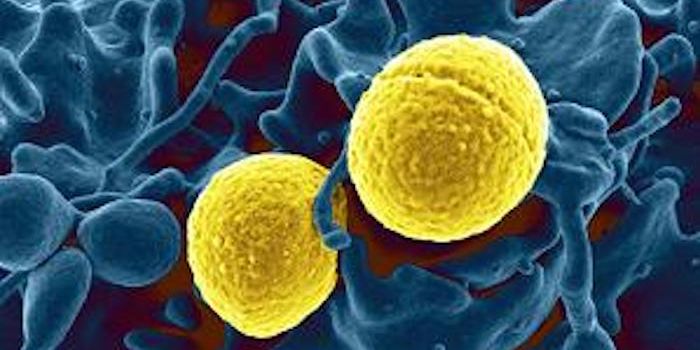A High-Fiber Diet Lowers Antibiotic Resistance in Gut Microbes
There is debate about exactly what makes a diet healthy, but most experts can agree on some things, like the importance of fiber. Fiber isn't like other carbohydrates that break down into sugars; insoluble fibers pass through the gut and help keep us regular, while soluble fibers can maintain healthy levels of cholesterol and glucose. Insoluble fibers are found in foods such as leafy greens, walnuts and almonds, and edible fruit skins, like what's found on pears and apples. Soluble fibers are found in beans, oatmeal, nuts, and chia seeds, for example. Now research has shown that soluble fibers can help keep gut microbes healthy by tamping down antibiotic resistance in the microbiome, and promoting diversity. The findings have been reported in mBio.
Antibiotic-resistant microbes are considered a growing threat to public health, and antibiotic-resistant infections are already responsible for the deaths of an estimated 1.2 million people around the world every year. Genes that confer resistance to common drugs are often easily shared among microbes, sometimes even those of different species. While the microbes in our gut play an essential role in our health and well-being, antibiotic resistance can also lurk among the microbes there, and potentially pose a problem.
In this study, researchers assessed antibiotic resistance among gut microbes carried by 290 people, studied their diets, and looked for patterns. Diet is known to impact the composition of the gut microbiome. This study indicated that when people consumed more fiber and less animal protein, their gut microbes did not carry as many antimicrobial resistance genes (ARGs). Animal protein was not found to be strongly linked to there abundance of ARGs, but high soluble fiber levels seem to stave off ARGs.
People with the lowest ARG levels tended to have more microbes that live in conditions with little to no oxygen, strict anaerobic microbes. Those microbes are linked to low gut inflammation levels, and include Clostridiaceae bacteria.
The inverse was also found to be true; when people had lower levels of diversity in their gut microbiomes, there was more antibiotic resistance among those microbes.
“Surprisingly, the most important predictor of low levels of ARG, even more than fiber, was the diversity of the diet. This suggests that we may want to eat from diverse sources of foods that tend to be higher in soluble fiber for maximum benefit,” said study leader and research molecular biologist Danielle Lemay of the ARS Western Human Nutrition Research Center.
Lemay noted that basic diet modifications, simply eating enough soluble fiber and keeping the diet diverse could be an important way to reduce the threat of antibiotic resistance.
This research was also observational, so more work will be needed to learn more about exactly what foods have the greatest potential to increase microbial diversity and reduce ARG levels, noted Lemay.









